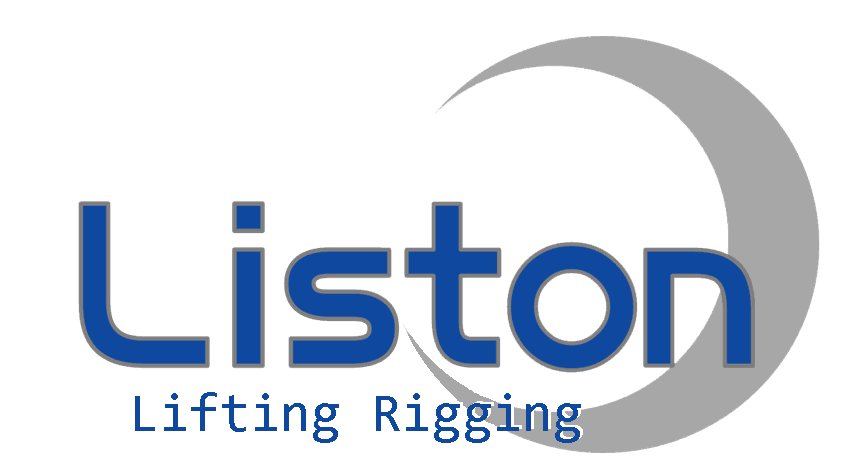Introduction
Webbing slings are an essential tool in the lifting and rigging industry, providing a safe and efficient way to lift and move heavy loads. Made from high-strength synthetic materials, webbing slings are designed to withstand the rigors of heavy lifting while also being lightweight and easy to handle. In this article, we will explore the various types of webbing slings, their uses, and the important factors to consider when using them for lifting and rigging operations.
Types of Webbing Slings
There are several types of webbing slings available, each designed for specific lifting and rigging applications. The most common types of webbing slings include flat webbing slings, endless webbing slings, and round webbing slings.
Flat webbing slings are the most versatile and widely used type of webbing sling. They are made from a single piece of webbing material, with reinforced eyes at each end for attaching to lifting equipment. Flat webbing slings are ideal for lifting flat and cylindrical loads and are available in various widths and lengths to accommodate different load capacities.
Endless webbing slings, also known as continuous loop slings, are constructed from a single length of webbing material that is folded back on itself to form a continuous loop. This design eliminates the need for separate eyes, making endless webbing slings more flexible and easier to handle. They are commonly used for choker hitches and basket hitches, providing a secure and stable lifting configuration.
Round webbing slings, as the name suggests, are made from a continuous loop of round webbing material. They are particularly well-suited for lifting irregularly shaped or cylindrical loads, as the round shape distributes the load evenly and reduces the risk of damage to the load. Round webbing slings are available in various lengths and load capacities to suit different lifting requirements.
Uses of Webbing Slings
Webbing slings are used in a wide range of industries and applications, including construction, manufacturing, shipping, and logistics. They are commonly employed for lifting and moving heavy machinery, equipment, and materials in warehouses, construction sites, and industrial facilities. Webbing slings are also used in the transportation and shipping of goods, providing a secure and reliable method for securing loads on trucks, trailers, and cargo vessels.
In the construction industry, webbing slings are essential for lifting and positioning structural components, such as steel beams, concrete panels, and prefabricated modules. They are also used for hoisting and lowering equipment during installation and maintenance activities. In manufacturing facilities, webbing slings are utilized for handling raw materials, finished products, and machinery, facilitating efficient material handling and production processes.
Webbing slings are also commonly used in the entertainment and event industry for rigging purposes. They are employed for suspending lighting and sound equipment, as well as for hoisting stage props and set pieces. The flexibility and strength of webbing slings make them an ideal choice for rigging applications in theaters, concert venues, and event spaces.
Factors to Consider When Using Webbing Slings
When using webbing slings for lifting and rigging operations, it is essential to consider several factors to ensure safe and effective use. These factors include the following:
1. Load Capacity: It is crucial to select the appropriate webbing sling with the correct load capacity for the intended lifting operation. Exceeding the rated capacity of a webbing sling can lead to overloading and potential failure, posing a significant safety risk.
2. Inspection and Maintenance: Regular inspection and maintenance of webbing slings are essential to identify any signs of wear, damage, or degradation. Inspections should be conducted before each use, and any damaged or worn slings should be immediately taken out of service and replaced.
3. Rigging Configuration: The proper rigging configuration, including the use of appropriate hitches and attachment points, is critical for safe and secure lifting operations. It is important to follow the manufacturer's guidelines and industry best practices when rigging with webbing slings.
4. Environmental Factors: Consideration should be given to environmental factors such as temperature, moisture, and chemical exposure, as these can affect the performance and integrity of webbing slings. It is important to use slings that are suitable for the specific environmental conditions in which they will be used.
5. Training and Competence: Proper training and competence in the use of webbing slings are essential for all personnel involved in lifting and rigging operations. Operators should be familiar with the safe handling and rigging techniques for webbing slings to minimize the risk of accidents and injuries.
Conclusion
Webbing slings are a versatile and essential tool for lifting and rigging operations across various industries. Their strength, flexibility, and ease of use make them an ideal choice for a wide range of lifting applications. By understanding the different types of webbing slings, their uses, and the important factors to consider when using them, operators can ensure safe and efficient lifting and rigging operations. With proper selection, inspection, and rigging practices, webbing slings can contribute to improved safety and productivity in lifting and material handling activities.
Post time: Apr-11-2024
